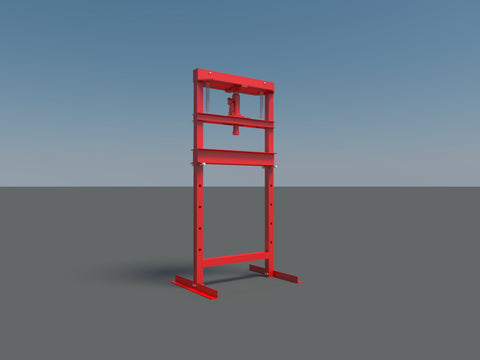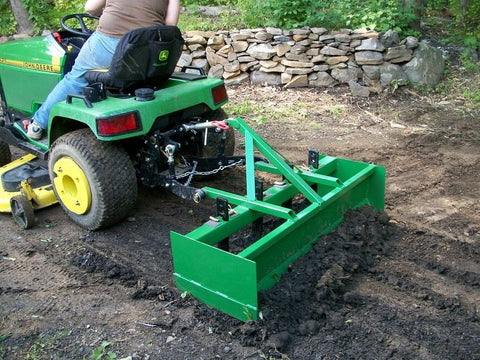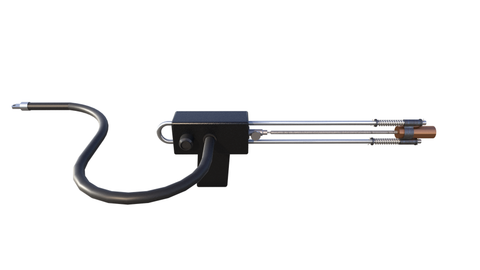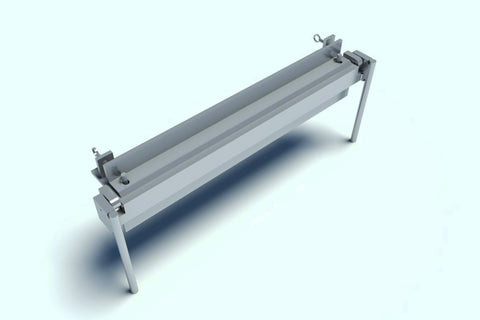Ultimate Miter Saw Station with Storage DIY Plans - Woodworking Bench Stand Build Your Own
Miter Saw Station Plans DIY
Woodworking Bench With Storage Plans
Workshop Work Stand Plans
These DIY plans will show you how to build your own Mitre Saw Station with Storage
What is the Ultimate Miter Saw Station?
When you're looking to buy a miter saw, you need to think about several factors. One of these is safety. You want to make sure that the table is able to support the weight of the saw. Also, you'll need to consider the maximum weight that you're willing to use. And then there is the design challenge.
Build your own Ultimate Miter Saw Station
To build the Ultimate Miter Saw Station, there are several steps you need to take. First, you must determine the height of your saw. You can use a circular or panel saw to do this. Once you have determined the height, you must cut a piece of plywood that is the same width as your saw's cutting surface. Now, cut a second piece of plywood to the same height.
Next, set the dividers. The table should be at least 22 inches long and wide enough to accommodate all the parts of the miter saw. The dividers should be evenly spaced, and you should attach them to the base by screwing them to the twox4 runners. Once you have all the pieces in place, you can begin assembling your miter saw table.
Another important aspect of a miter saw table is that it serves as a workbench for the miter saw. It is also designed to be foldable so that you can store it in a corner when not in use. It also features a heavy-duty bracket system that makes it portable and easy to store. In addition, it has a built-in outlet.
Safety considerations
When using a miter saw, it's vital that you take the proper precautions to keep yourself safe. You should wear protective eyewear and gloves, wear a mask, and wear closed-toe shoes. In addition to these precautions, you should always wear a protective miter saw mask to avoid the risk of being struck by the spinning blade.
The first precaution is to hold the work piece tightly against the fence or miter gauge. Otherwise, it could slip between the fence and blade and become a projectile. A stop block or sled can be used to prevent this from happening. Also, a cross-cut sled can improve the accuracy of your cross-cuts.
Another important precaution is to make sure the saw is properly aligned. A miter saw has a bevel adjustment knob on the side or back of the saw. This knob can be used to adjust the angle of the blade left or right. Make sure that the bevel angle is properly aligned with the fence before cutting.
Maximum weight limit
A miter saw table should have a weight limit that is suitable for the material you plan to cut. A miter saw table should not be too heavy to support the weight of a large miter saw. It should also be lightweight, which means that it can be moved from place to place. Those that are heavy should be fitted with wheels.
A good stand always includes some outfeed support. Some models feature rollers that help the material slide over the blade. Ideally, the outfeed support should extend and retract easily. Also, the outfeed support should be stable enough to support the weight of larger and longer materials. This is important in on-site applications where you may need to cut larger pieces of wood or other heavier materials.
Some models have adjustable wings or extensions that fold down to make the table higher. They may also be attached to one section of a folding wing. However, the fold-down should be the same height as the bench. Other approaches include moveable cabinets and wheels.
Design challenge
The design challenge of a miter saw table is not as difficult as it may seem. Table saws are versatile machines that can be moved in both directions, which makes them a good choice for many home projects. A miter saw table can be designed to accommodate the saw and the surrounding work area.
Depending on your needs, you can make your own miter saw table using a simple DIY plan. The materials used are usually 2 by 4s and MDF or plywood for the top and shelves. It might be wise to choose a sacrificial top so that you can replace it if it starts to wear out after a while. However, if you're not comfortable sacrificing the aesthetic appeal of your project, you can consider more expensive materials, such as MDF or other attractive wood.
When creating your own miter saw table, consider your needs and how you plan to use it. Typically, a miter saw table will be used to cut a single board, but you might need to cut several pieces at a time. It is also important to consider safety. If you want to keep your hands out of the way, you can make a sacrificial board and set the blade back about half an inch.
All DIY plans are designed or reviewed by Ben Stone. Ben is a retired Engineer in Canada. Ben also drafts these himself using the latest AutoCAD software to ensure accuracy. He studied Engineering back in the early 1980's. After over 30 years in the Construction industry he developed a passion for building cool items around his farm and cabin. These are great DIY projects. With a little skill anybody can Do It Yourself. Ben is always a email away if you have any questions while building one of his projects. He is adding new plans all the time.









